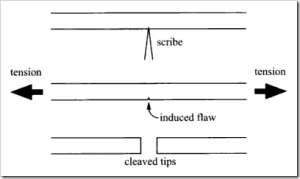 Fiber-optic cabling is an ideal medium for data center networks, because of fiber’s ability to support high transmission speeds and long-distance connections. Many factors come into play when planning, deploying and administering a data center fiber-optic cabling system.
Fiber-optic cabling is an ideal medium for data center networks, because of fiber’s ability to support high transmission speeds and long-distance connections. Many factors come into play when planning, deploying and administering a data center fiber-optic cabling system.
The following are some suggestions for efficient cabling and network management.
Presentation 1: Fiber-optic Port Replication—How and Why
Large volumes of connections in a densely packed environment are a hallmark of fiber-optic networks. In these connectivity environments, managing the large volume of fiber-optic cables can be a constant challenge. One means of easing and simplifying this management is to implement passive port replication. This presentation describes what port replication is, how it can be accomplished, and why it eases the cable-management burden for a data center administrator.
Presentation 2: Testing and Assuring Fiber Connections
Once a fiber-optic cabling infrastructure is installed to support data center networking, that infrastructure must be tested to ensure it performs at the expected performance level and supports the intended applications. This presentation discusses several critical aspects of fiber-optic testing, including proper reference setting, the role of encircled flux (EF) and its implications on test tools/procedures, as well as the ability to test different connector-endface types with a single test unit.
Presentation 3: Fiber Splicing in the Data Center
While preterminated systems have gained popularity for some data center settings and circumstances, many data center fiber-optic cabling systems can benefit from fusion-spliced connections. This presentation explains the circumstances under which splicing fiber represents an efficient and effective connectivity method. It describes the splicing technologies and techniques that can be put to effective use in data centers.
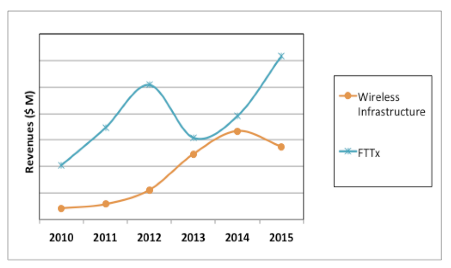
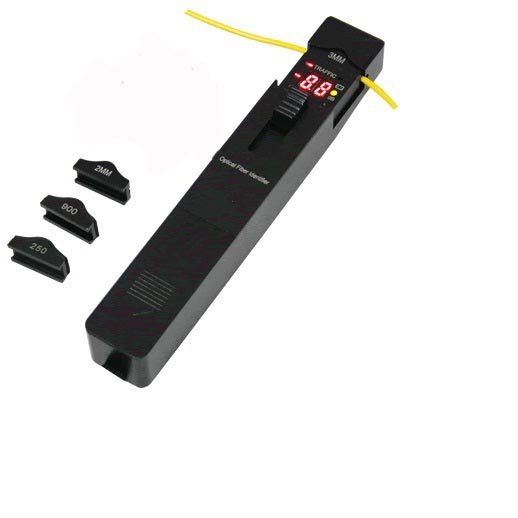
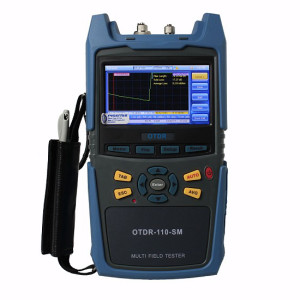


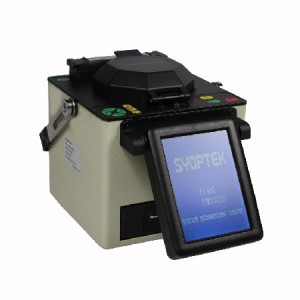
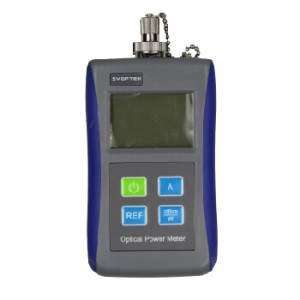 Fiber optic power meter
Fiber optic power meter
